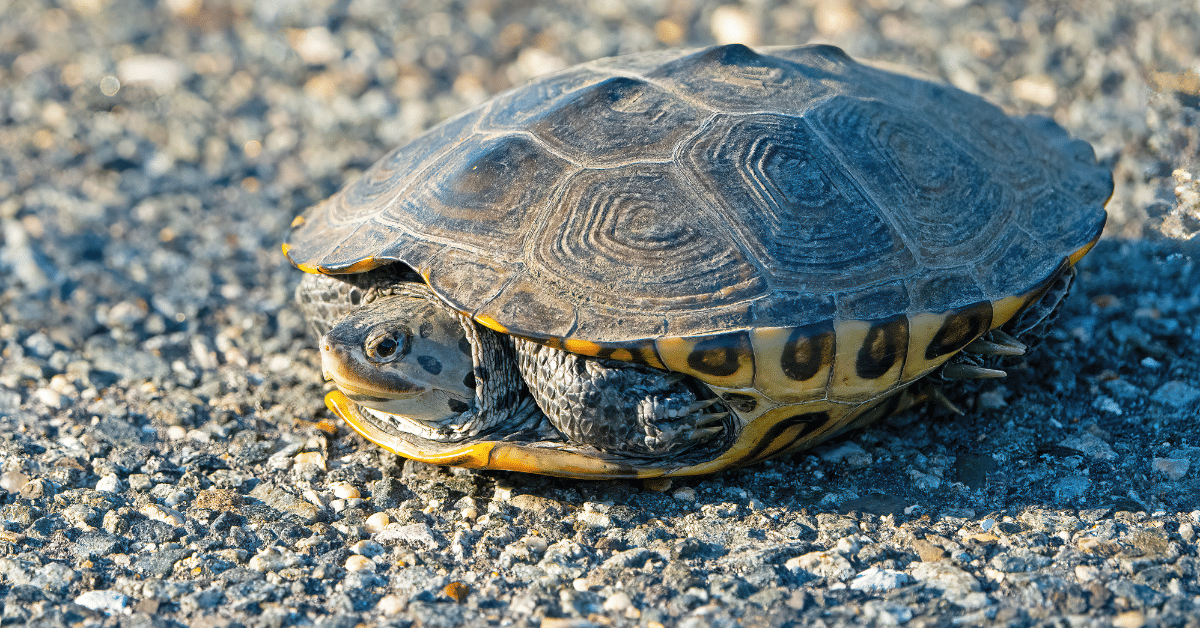
How Roads Threaten Wildlife in Virginia
Roads have become an important part of modern life, helping people get around and connecting communities. Yet, their widespread presence comes with significant ecological costs, particularly impacting wildlife populations. Some recent studies have revealed how roads negatively affect native Virginia species like amphibians and salamanders.
Amphibians are particularly susceptible to road mortality due to their migratory behaviors and slow movements. One scientific paper highlights the severity of this issue, noting that amphibians make up over 90% of vertebrate road fatalities in certain locations. Beyond direct mortality, roads lead to genetic isolation and declines in population, making it challenging for amphibians to sustain healthy populations (Beebee).
In the Appalachian region, research has come out that provides critical data on salamander populations. It turns out roads significantly reduce salamander abundance for at least 35 meters from the road edge, with negative effects persisting long after roads are abandoned. Woodland salamanders (Plethodon) in particular show significant reductions near the road. It is also important to note larger salamanders tend to dominate near road edges, suggesting younger, smaller salamanders—critical for future populations—are disproportionately affected. These disruptions highlight the ecological risks posed by roads (Semlitsch).
Another native species impacted is the eastern box turtle (Terrapene carolina carolina). Habitat fragmentation is a factor contributing to their population dropping by 32% over the last century (DWR). Though not native to Virginia, it is important to emphasize species like the Mojave desert tortoise (Gopherus agassizii) are also negatively affected by roads. Studies indicate that roads fragment their habitats and lead to high rates of mortality, significantly threatening their already vulnerable populations (Harju et al.).
In Virginia, where forests and ecosystems are frequently intersected by road networks, these findings must be taken seriously. Our region’s biodiversity depends on implementing effective solutions such as strategic road placement, improved wildlife crossings, and community-supported conservation efforts.
Wild Virginia plays a vital role in raising awareness and advocating for these solutions. By supporting habitat connectivity, we can ensure Virginia’s roads unite communities without jeopardizing the state’s biodiversity.
Works Cited
BEEBEE, TREVOR J. C. “Effects of Road Mortality and Mitigation Measures on Amphibian Populations.” Conservation Biology, vol. 27, no. 4, 2013, pp. 657–68. JSTOR, http://www.jstor.org/stable/23525294. Accessed 2 Apr. 2025.
Harju, S., Cambrin, S. & Berg, J. Indirect impacts of a highway on movement behavioral states of a threatened tortoise and implications for landscape connectivity. Sci Rep 14, 716 (2024). https://doi.org/10.1038/s41598-024-51378-z
Semlitsch, Raymond D., et al. “Salamander Abundance along Road Edges and within Abandoned Logging Roads in Appalachian Forests.” Conservation Biology, vol. 21, no. 1, 2007, pp. 159–67. JSTOR, http://www.jstor.org/stable/4124653. Accessed 2 Apr. 2025.
Virginia Department of Wildlife Resources. “Eastern Box Turtle.” *Virginia DWR*, 19 Mar. 2025, https://dwr.virginia.gov/wildlife/information/eastern-box-turtle/.